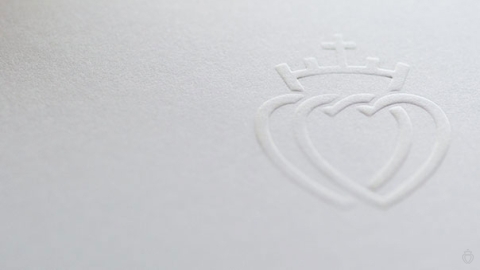Moral Questions About the Creation of Biological Chimeras

Two recent experiments in making chimeras with human cells raise moral questions about the legality of such attempts in the name of “science.”
What is a Chimera?
To be satisfied with the usual definitions of the dictionary, the chimera seems to belong to the mythical world: whether it is a mythological monster bringing together several animal attributes or sculpted animals, such as gargoyles. The word can also designate a thought or an illusory project: we remain in the domain of the fantastic.
There is, however, a very real species of fish called chimera. But we are not dealing with ichthyology here.
In biology, the term chimera designates an organism comprising two or more genomes, or types of DNA. The individual concerned is therefore “composite.” One part of its cells contains one genetic material, and the other part contains another.
This curiosity was formerly called by the name of “mosaic” and had been observed in the human species. Its origin has been traced back to the fusion of two initial individuals. In other words, it is the reverse process of that which causes the constitution of twins, where an individual duplicates.
Chimeras in Experimental Biology
The first experiments took place in the 1960s. At first, they were only “intra-species” chimeras through the fusion the embryos of mouse, sheep, or rabbit.
The first attempts with two different species were unsuccessful. But in 1984, British researchers produced sheep-goat chimeras. The same year, chicken-quail chimeras were produced in France.
At the time, researchers admitted, tacitly or not, the moral impossibility of bringing humans into this kind of experiment.
Gradually, this moral barrier broke down. In 2007, the British Human Fertility Authority gave the green light for the creation of embryos of both human and animal. In 2016, it was the turn of the United States and in 2019, Japan. Although some countries prohibited this kind of practice, such as Belgium by a law of 2003, and France in 2011. But the current revision of the bioethics laws provides for authorizing the creation of human-animal chimeras.
Countries that allow this kind of practice allow only a limited development of the experiment, usually no more than 15 days, after which the chimera must be destroyed.
Recent Experiences and Their Morality
More and more laboratories are engaged in experiments including the formation of chimeras. For example, in France, a team recently circumvented the current ban, by using “induced” stem cells, that is, adult human cells “reprogrammed” into undifferentiated cells, like embryonic cells.
These cells were introduced into macaque embryos. The results were disappointing for the researchers. But a pressing question arises: what about the moral aspect of such trials?
First of all, all experiments which use embryonic cells must be unreservedly condemned, because they have always been obtained in a gravely illicit manner, by in vitro fertilization. The provision of these embryos - which are human beings - and the cells derived from them, for the purpose of experimentation, is deeply immoral.
But what about these “induced” stem cells? The technique of this “reprogramming” won the Nobel Prize for Medicine for the Japanese man Shinya Yamanaka in 2012. There is therefore no manipulation of embryos to obtain them. However, is it morally permissible to introduce them into animal embryos?
The answer could be qualified according to experimental criteria: how many cells, in an embryo of what age, with such or such limited development, etc.
But the difficulty is to supervise this kind of practice. The past shows that limitations do not last forever, and that researchers ultimately get to see them pushed back by political decisions.
There is therefore a certain danger of transgressing limits which must be held to be impassable, such as the complete development of chimeras composed of animal and man. This development would be a profound self-realized degradation of man, and a contempt for divine creation. Not to mention the dangers, still unknown, that these practices could develop.
At a time when some people dream of transhumanism to see man go beyond his native condition, will we see the creation of types of sub-humans, half man half animal, who will be exploited in various ways by humanity as a new form of slavery?
(Sources : Institut européen de bioéthique/Le Monde/L’Express/Le Soleil/La Croix – FSSPX.Actualités)
Illustration : Dreamstime / Nevodka



